From April 20 to Sept. 29, the Gypsotheca Antonio Canova Museum in Possagno is hosting the exhibition "Canova Quattro Tempi" by Luigi Spina. The story is the result of four photographic campaigns that began in 2019 and resulted in as many publications published by Five Continents, accompanied by texts by Vittorio Sgarbi. Luigi Spina has selected 32 black-and-white photographs, among the most representative of the amorous, mythological, and heroic themes present in the Gypsotheca of Possagno, proposing them in dialogue with the works by Canova exhibited in the Ala Gemin of the Gypsotheca itself. Spina’s interpretations accompany Canova’s reference plaster casts in the exhibition. Images of dancers are placed side by side with the Canova dancer, real and ideal portraits are in dialogue with their respective photographs, the Master’s Peace and Magdalene are compared with images of the contemporary.
“My purpose,” says Spina, “Is to claim the contemporaneity of the classic, its being transversal in every era.”
“These works,” announces director Moira Mascotto. “They become part of the heritage of the Possagno Museum with the ambition, once the exhibition is over, to give rise to new exhibition projects with important national and international museum institutions with which we are already in dialogue. The project will thus become a messenger of the Museum and of Canova’s genius and, at the same time, give rise to new virtuous collaborations.”
“The project Canova. Four Times immediately excited me for several reasons. As the son of a sculptor, I am enchanted every time by the magic of the creative inquiry from which everything originates, in form as well as in the emotion it arouses,” says publisher Eric Ghysel. “A process that brings back memories of me as a child watching a work shaped from raw material come to life in stages. Being able to observe up close and contribute to the general public’s knowledge, through Luigi Spina’s photos, of the concreteness and expressiveness of Canovian plasters, so full of life, makes me feel privileged. These works bear within them the enchantment of conception, which occurs-just as in life-through a succession of stages. It is a process that I liken to the gestation of a book, which fascinates me, as a publisher, because it allows me to experience what happens ”behind the scenes,“ in all the stages of its evolution, right up to printing. The volumes I publish are works in the making, growing thanks in part to the expertise and passion of other fellow travelers.”
“Each of the Four Times introduced me to the knowledge of the different densities of plaster. The sculptures emerged in every detail and possible posture. My purpose: to claim the contemporary nature of the Classic. Its being transversal to all eras,” Luigi Spina reiterates.
Luigi Spina was born in Santa Maria Capua Vetere in 1966. The use of black and white is the basis of his creative process. The themes of his work are amphitheaters and the civic sense of the sacred, the links between art and faith, the search for ancient cultural identities, the physical confrontation with classical sculpture, the obsessive search for the sea, and the boxes of the dreaming archaeologist. Its common thread is the search for beauty. A beauty that has always been fleeting and temporary. A beauty that, however, is mythical and regenerative with respect to the transience of human life and the fragility of human certainties. In 2014 a monograph, L’Ora Incerta, was dedicated to him in the “Electaphoto” series, and in the same year The Buchner Boxes was published by 5 Continents Editions. In 2015 he exhibited the project Danzatrici at the Civil Airport of Capodichino, Naples, published the same year by 5 Continents Editions in the Tailormade line with the title Le Danzatrici della Villa dei Papiri (2015). In recent years he published Diario Mitico (2017), a decade-long research on the marbles of the Farnese Collection of the Archaeological Museum of Naples, Hemba (2018) a photographic research on African sculpture and Tazza Farnese (2018). With 5 Continents Editions and Valeria Sampaolo, she initiates the series Rare and Precious Objects at the National Archaeological Museum of Naples, which to date includes the titles Memories of the Blue Vase (2016), Amazonomachia and Centaurs (2017); Seven Wise Men, Zephyr and Chloris, and Drunken Satyr (2018). He is also featured in the Atlas of Contemporary Art in Naples and Campania, 1966-2016 edited by Vincenzo Trione.
Hours: Tuesday to Friday, 9:30 a.m. to 6 p.m.; Saturday, Sunday, 9:30 a.m. to 7 p.m.
Rates: Full € 10.00 - Reduced € 8.00
For more information visit the website of the Gypsotheca Antonio Canova Museum.
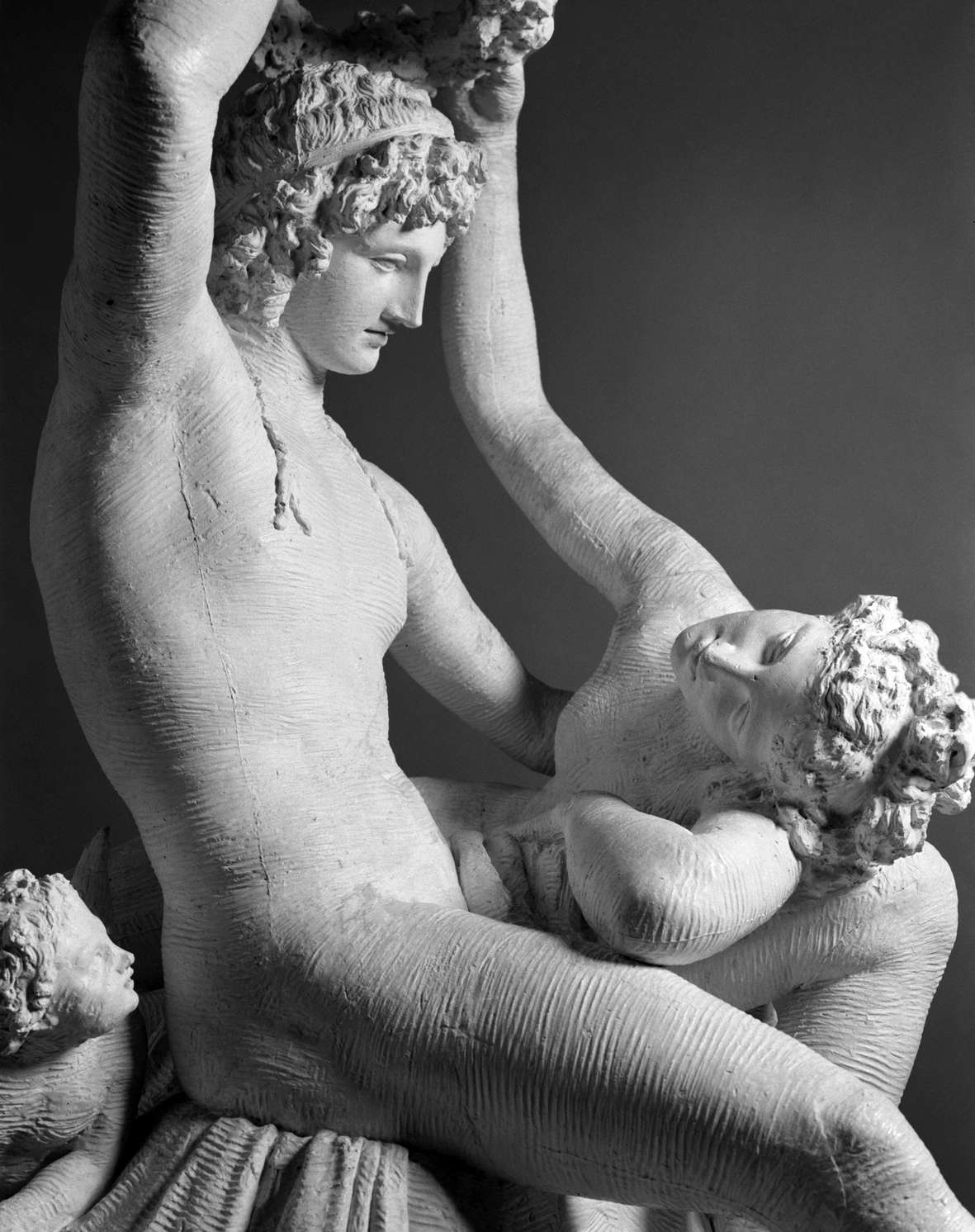
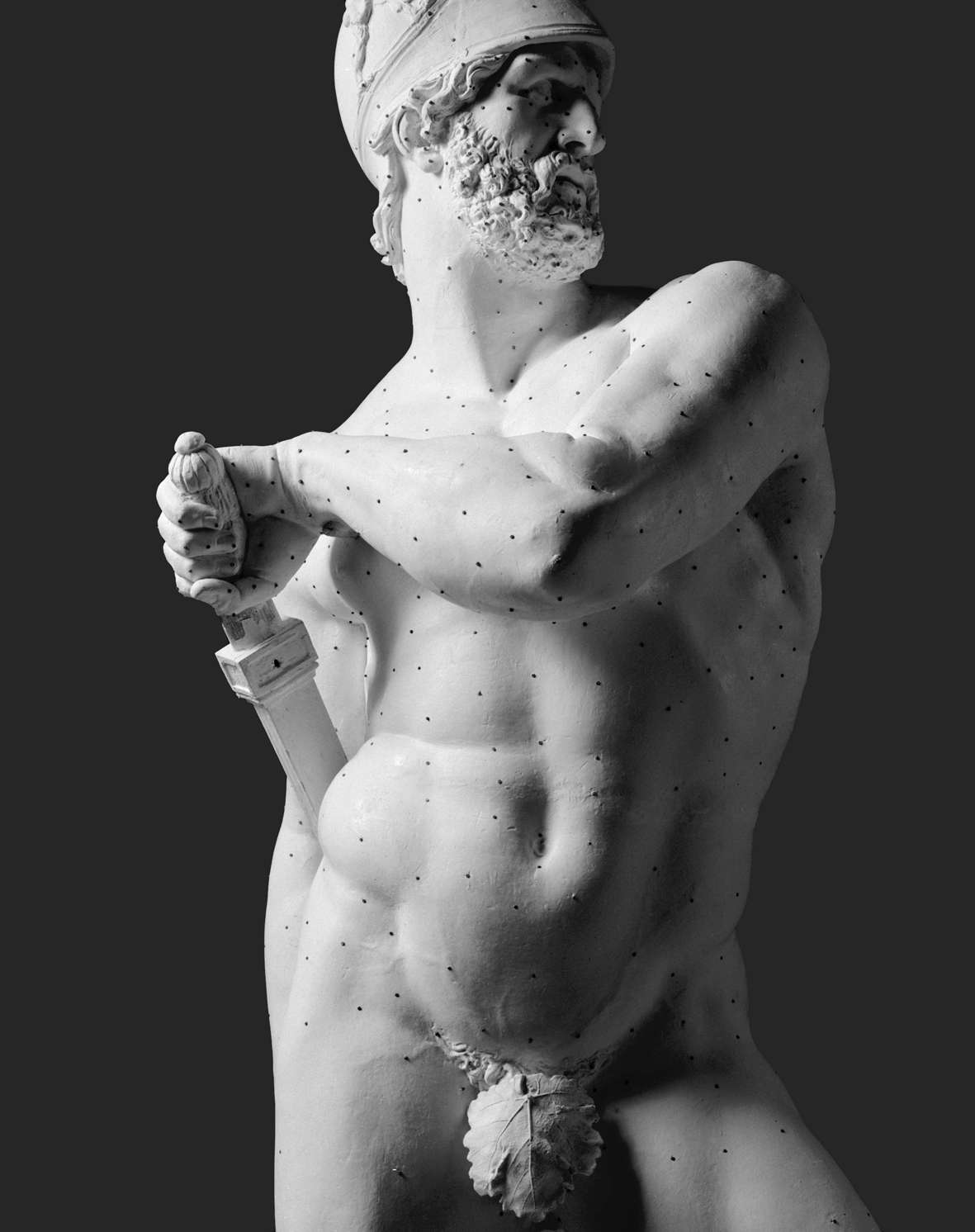 Luigi Spina,
Luigi Spina,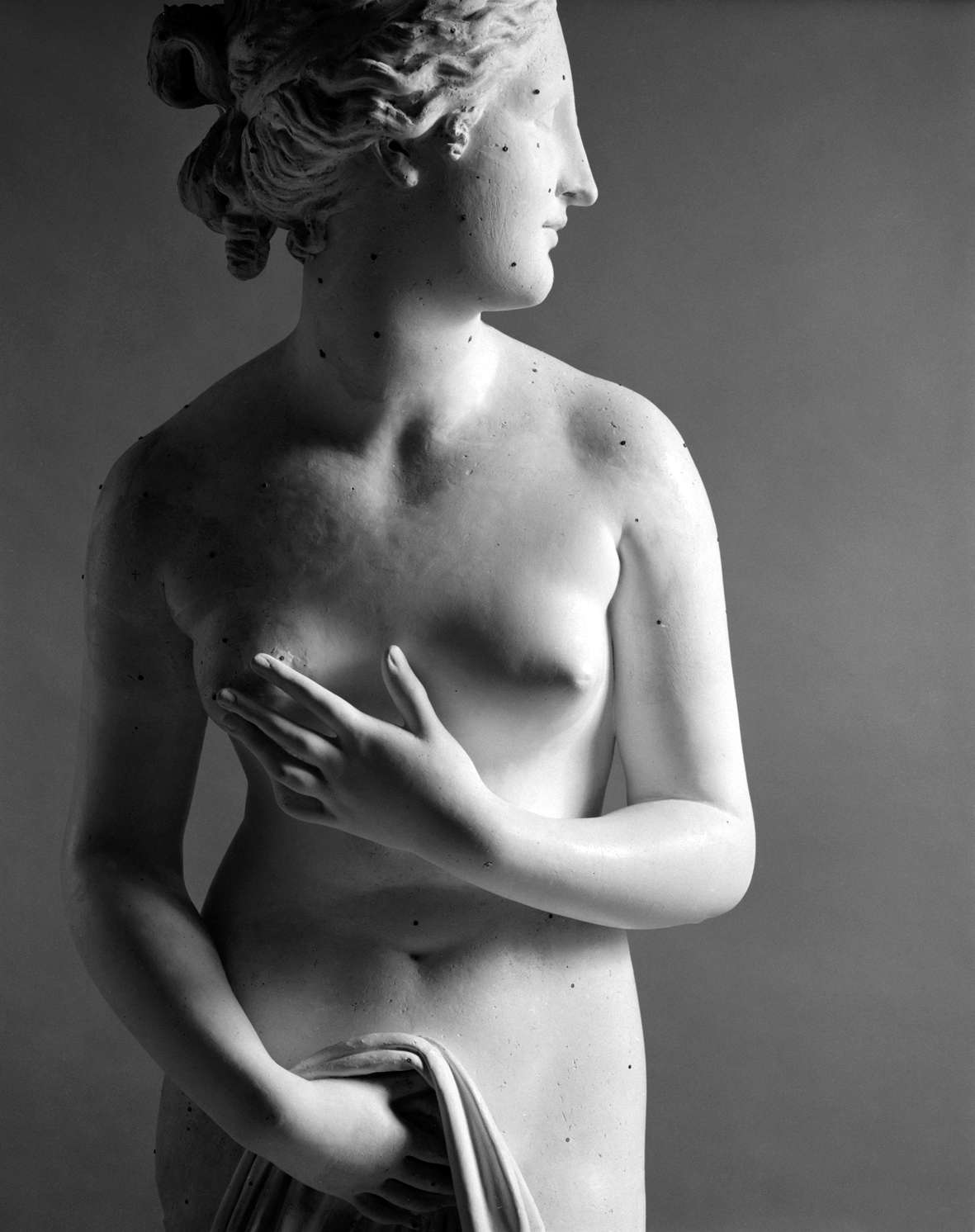
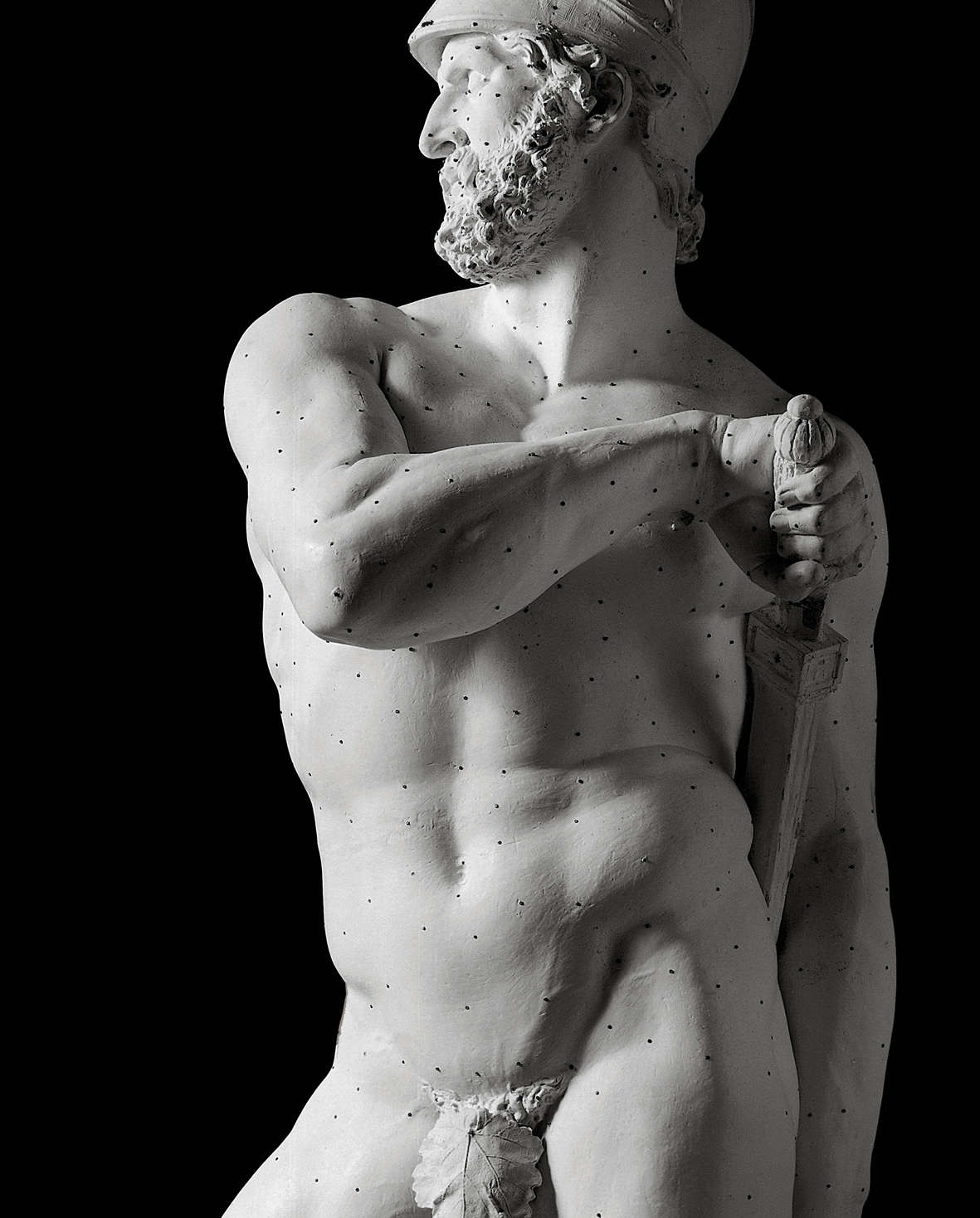
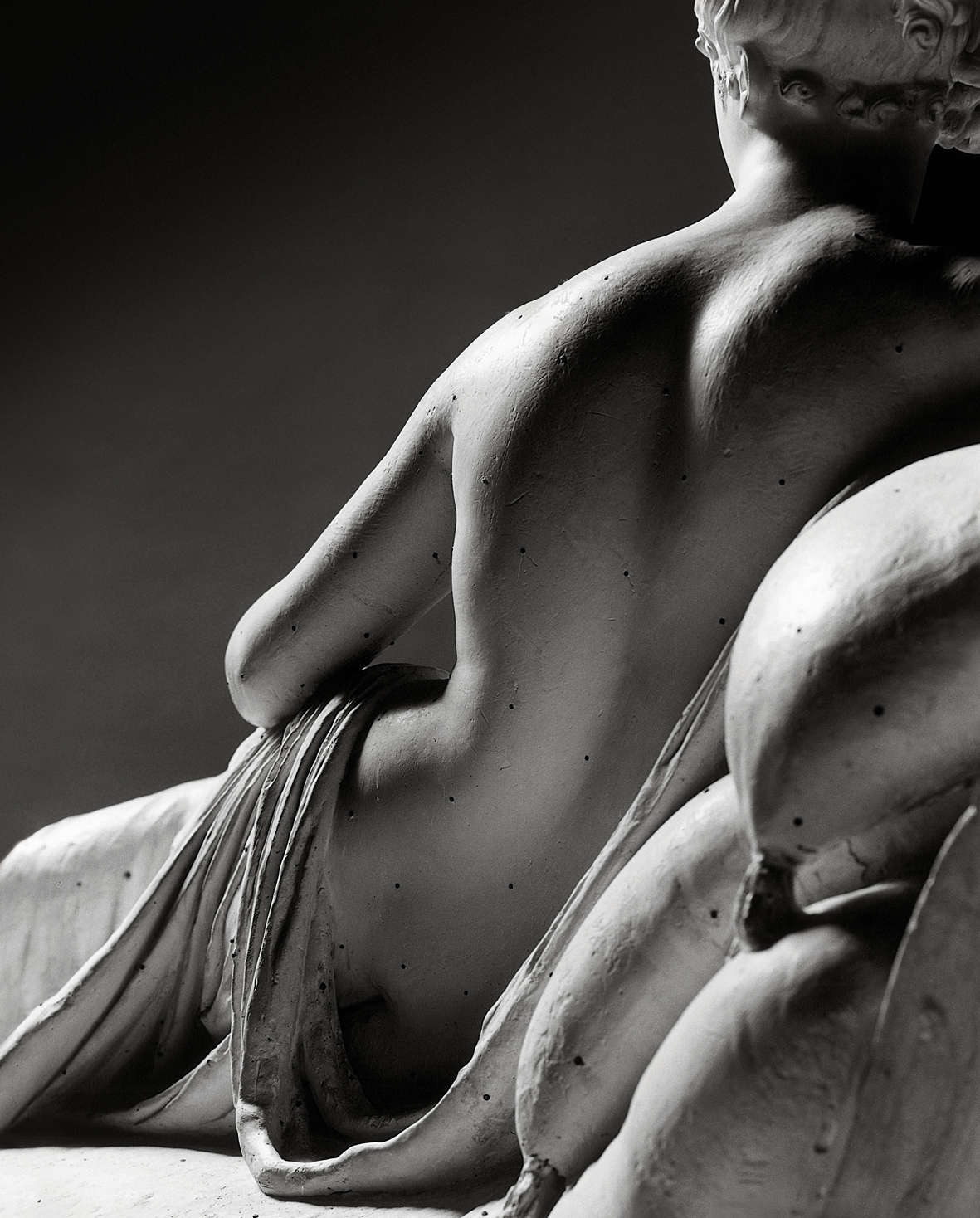
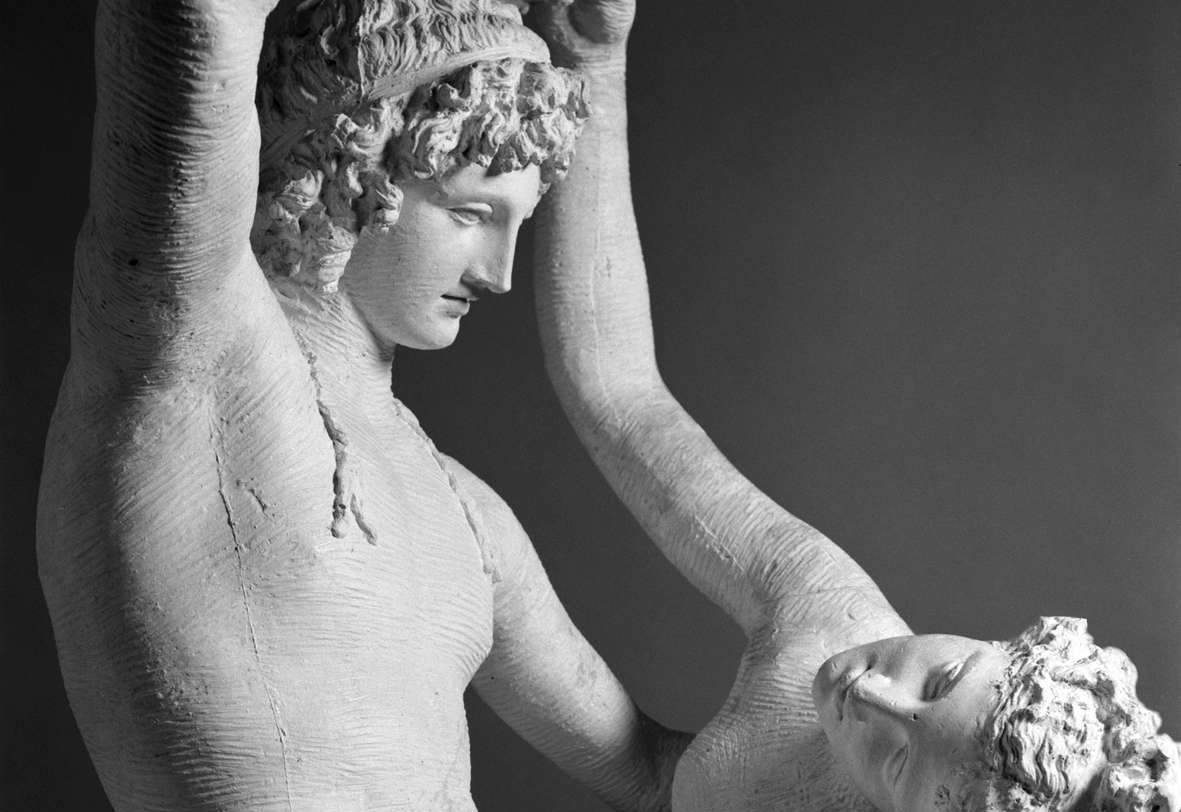 |
| Idea and form in Luigi Spina's photographic exhibition in dialogue with Canova |
Warning: the translation into English of the original Italian article was created using automatic tools. We undertake to review all articles, but we do not guarantee the total absence of inaccuracies in the translation due to the program. You can find the original by clicking on the ITA button. If you find any mistake,please contact us.